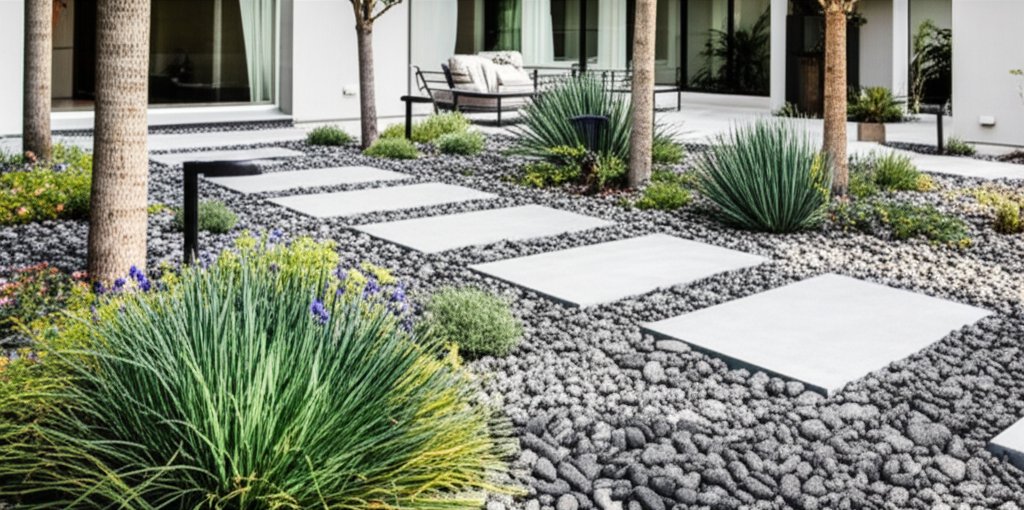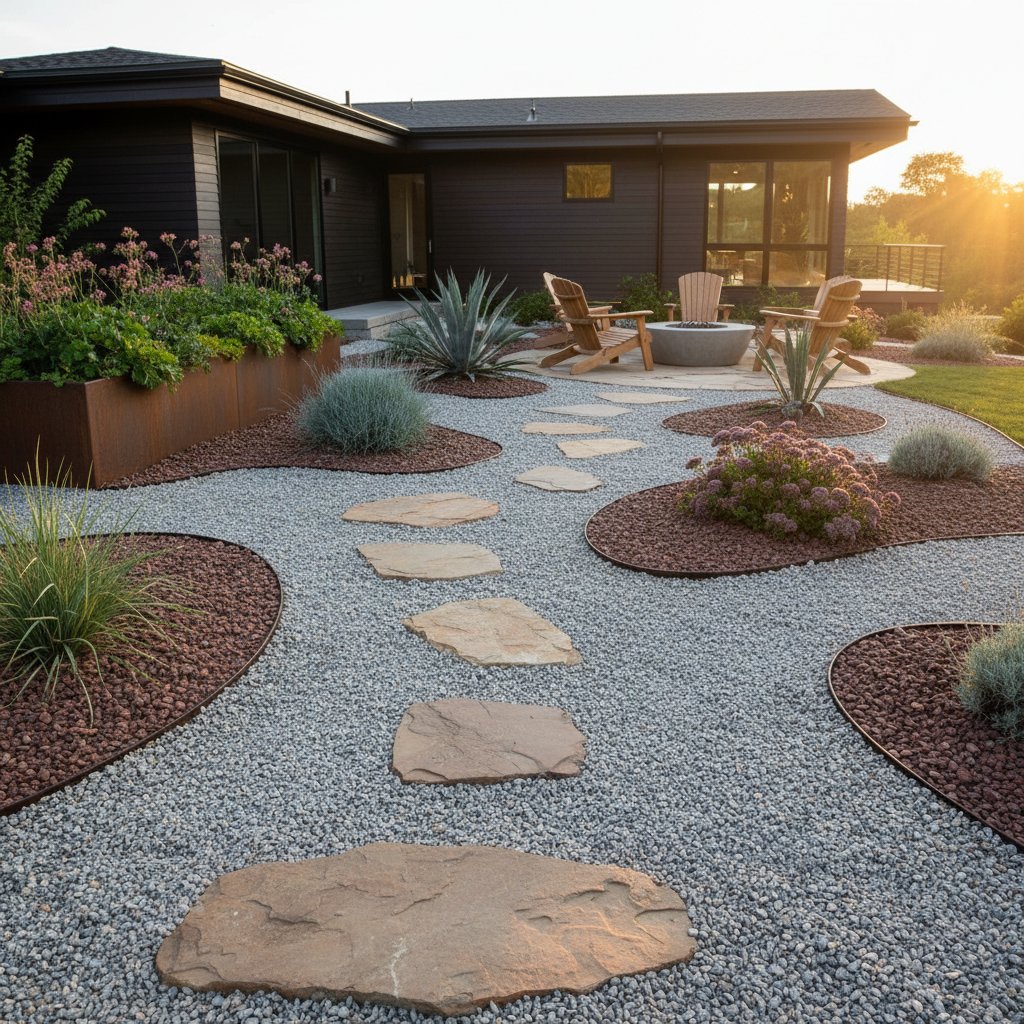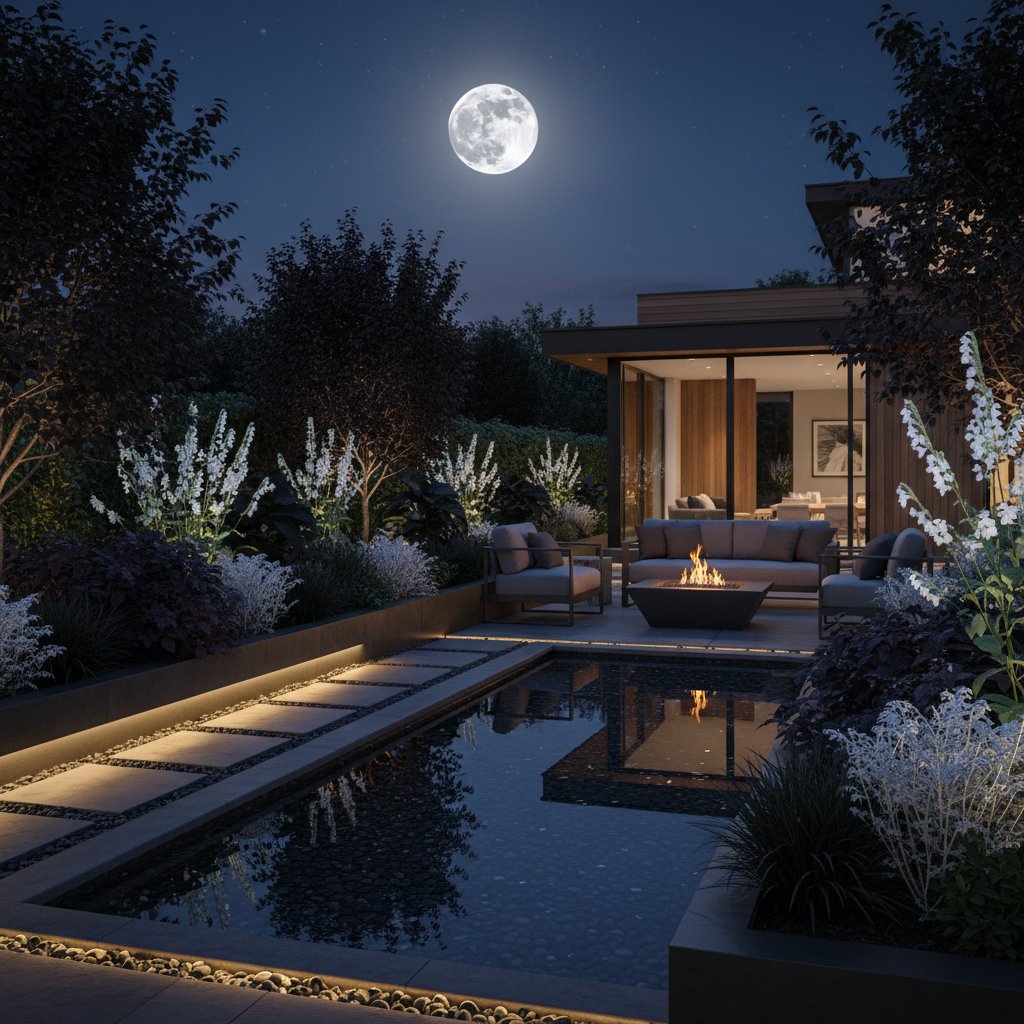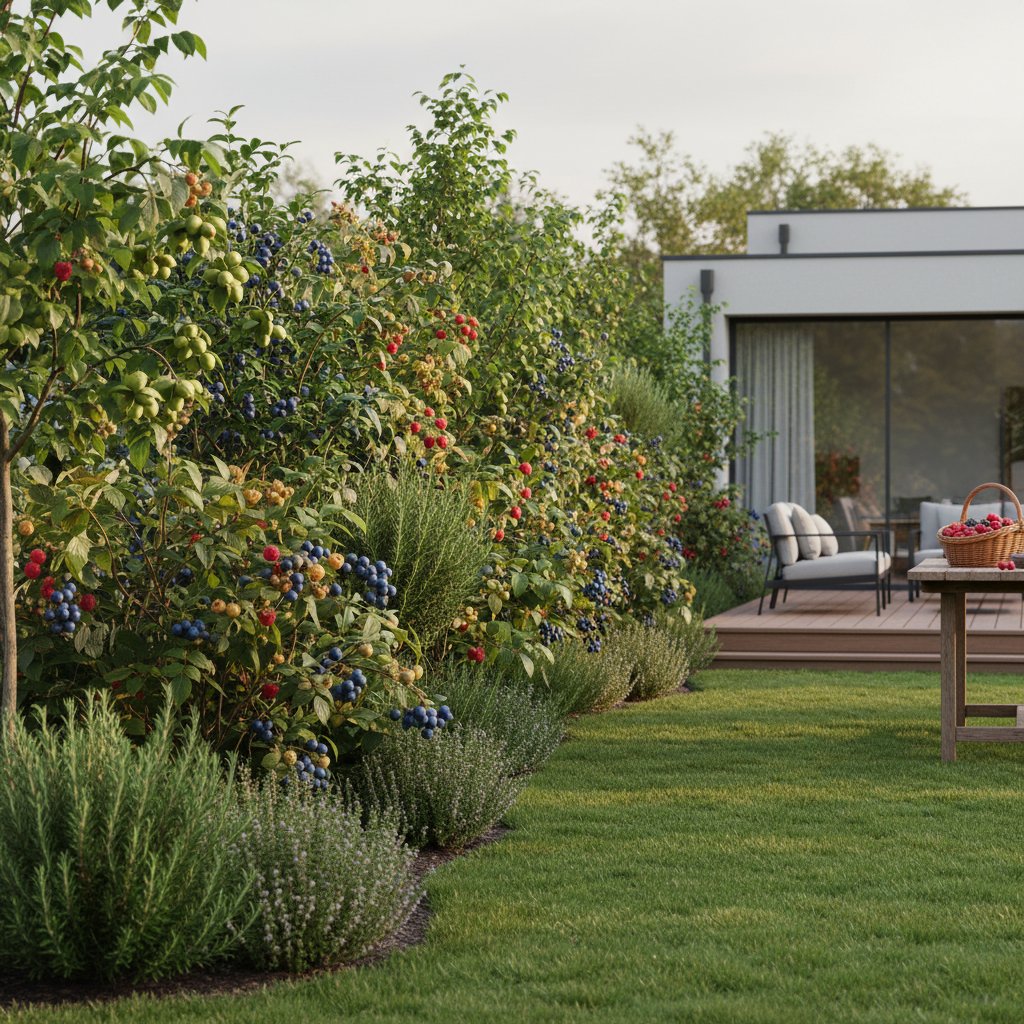The Advantages of Gravel Gardens for Low-Water Landscaping in 2025
Individuals who seek an attractive yard that remains tidy and demands minimal water will find gravel gardens particularly appealing. These designs integrate aesthetic value with functional efficiency, proving especially beneficial in regions prone to drought or subject to water conservation mandates. Rather than resisting local environmental conditions, gravel gardens harmonize with them, providing an enduring and visually pleasing approach to outdoor space creation.
Defining a Gravel Garden
A gravel garden employs stratified layers of stone, sand, and soil to establish a firm foundation for plants adapted to arid conditions. The uppermost layer consists of gravel, which suppresses weeds, retains ground moisture, and mitigates soil erosion. In contrast to conventional lawns, these gardens require infrequent irrigation and eliminate the need for regular mowing, resulting in reduced ongoing maintenance and financial outlay.
Designers can incorporate gravel gardens into courtyards, along pathways, or throughout entire yards. The overall appearance adapts seamlessly to contemporary minimalism or organic wilderness themes, influenced by the selected plants and gravel hues.
Primary Advantages
The foremost appeal of gravel gardens lies in their substantial water conservation. After initial establishment, these landscapes typically necessitate only sporadic watering, rendering them ideal for locales with scarce precipitation or for those aiming to diminish irrigation expenses.
Additional advantages encompass:
- Minimal upkeep: Elimination of routine mowing and edging; periodic raking suffices to maintain a pristine surface.
- Effective weed suppression: The gravel covering deprives weeds of sunlight, significantly curbing their proliferation.
- Long-lasting resilience: Gravel resists fading, decay, and displacement from weather elements.
- Versatile aesthetics: Integration with stepping stones, large boulders, or complementary mulch introduces varied textures and visual interest.
- Environmental sustainability: Reduced lawn areas translate to lower consumption of fuel, fertilizers, and water resources.
Homeowners also appreciate the enhanced biodiversity these gardens foster, as they support pollinators drawn to native, drought-hardy flora.
Selecting Appropriate Gravel and Plants
Planning begins with choosing suitable gravel varieties. Options such as pea gravel, crushed stone, or decomposed granite prevail in popularity. Finer stones facilitate comfortable foot traffic and remain stable under movement, whereas coarser types provide a more rugged texture for larger installations. Gravel color influences ambiance: neutral light tones illuminate dimmer areas, while deeper shades offer striking contrast against silvery or pastel-hued foliage.
Plant choices prove crucial for success. Opt for species that flourish in well-drained, dry soils, such as lavender for its fragrant blooms, creeping thyme for ground cover, sedum for succulent resilience, yarrow for feathery accents, and switchgrass or blue fescue for swaying ornamental elements. These selections endure high temperatures and irregular watering schedules. To achieve visual harmony, combine varying plant heights—from low-growing mats to upright clusters—and incorporate repeated color motifs, like soft purples and greens, for a unified composition.
Consider local climate zones when selecting; for instance, in Mediterranean-inspired regions, include rosemary or agave for added authenticity and hardiness.
Essential Installation Steps
Constructing a gravel garden demands deliberate preparation yet remains feasible over a weekend for modest spaces. The standard procedure involves:
- Site preparation: Remove existing turf, roots, and debris to create a clean slate, using a sod cutter for efficiency.
- Base layer installation: Apply a two-inch layer of coarse sand or crushed stone to promote optimal drainage and prevent settling.
- Weed barrier placement: Install landscape fabric if desired, though omitting it permits natural reseeding of compatible perennials.
- Gravel distribution: Spread gravel uniformly to a depth of two to three inches, ensuring even coverage without compaction.
- Plant integration: Position plants by parting the gravel, plant at soil level, and water thoroughly to encourage root establishment.
Material costs range from three to ten dollars per square foot, varying with gravel type, plant density, and whether professional assistance is engaged. For a 200-square-foot area, budget approximately 600 to 2,000 dollars, including tools like edging borders for definition.
Year-Round Maintenance Practices
Gravel gardens maintain their appeal across seasons with nominal intervention. During arid periods, inspect for dust accumulation and gently hose down the surface to refresh its vibrancy. Promptly extract any emerging weeds by hand to prevent establishment.
In cooler months, prune faded perennials to stimulate new growth, and divide overcrowded clumps every two to three years for vitality. Replenish gravel depth annually in high-traffic zones to counteract displacement, preserving both function and appearance.
Implementing Your Gravel Garden Design
A gravel garden delivers enduring economic benefits, simplified care routines, and an elegant aesthetic compatible with diverse architectural styles. It excels in sun-drenched sites where turf falters and integrates smoothly with pre-existing hardscapes like decks or walkways. Begin with a modest trial, such as a pathway border or entryway feature, to evaluate performance before scaling up. Through careful material selection and layout, one cultivates a landscape that endures beautifully, promoting water stewardship and leisure in equal measure.



